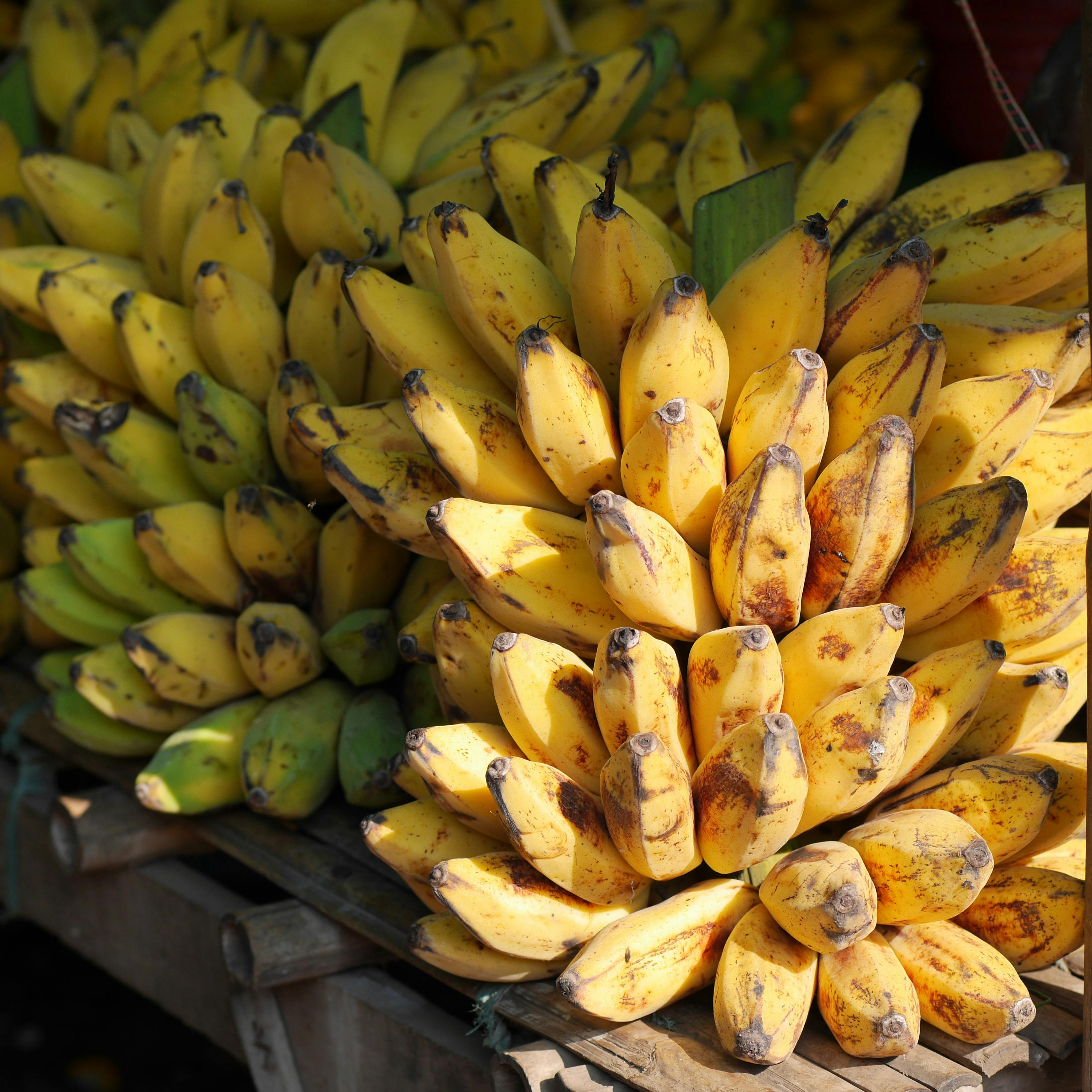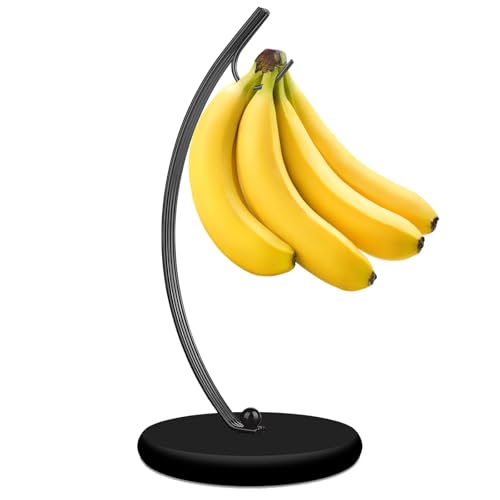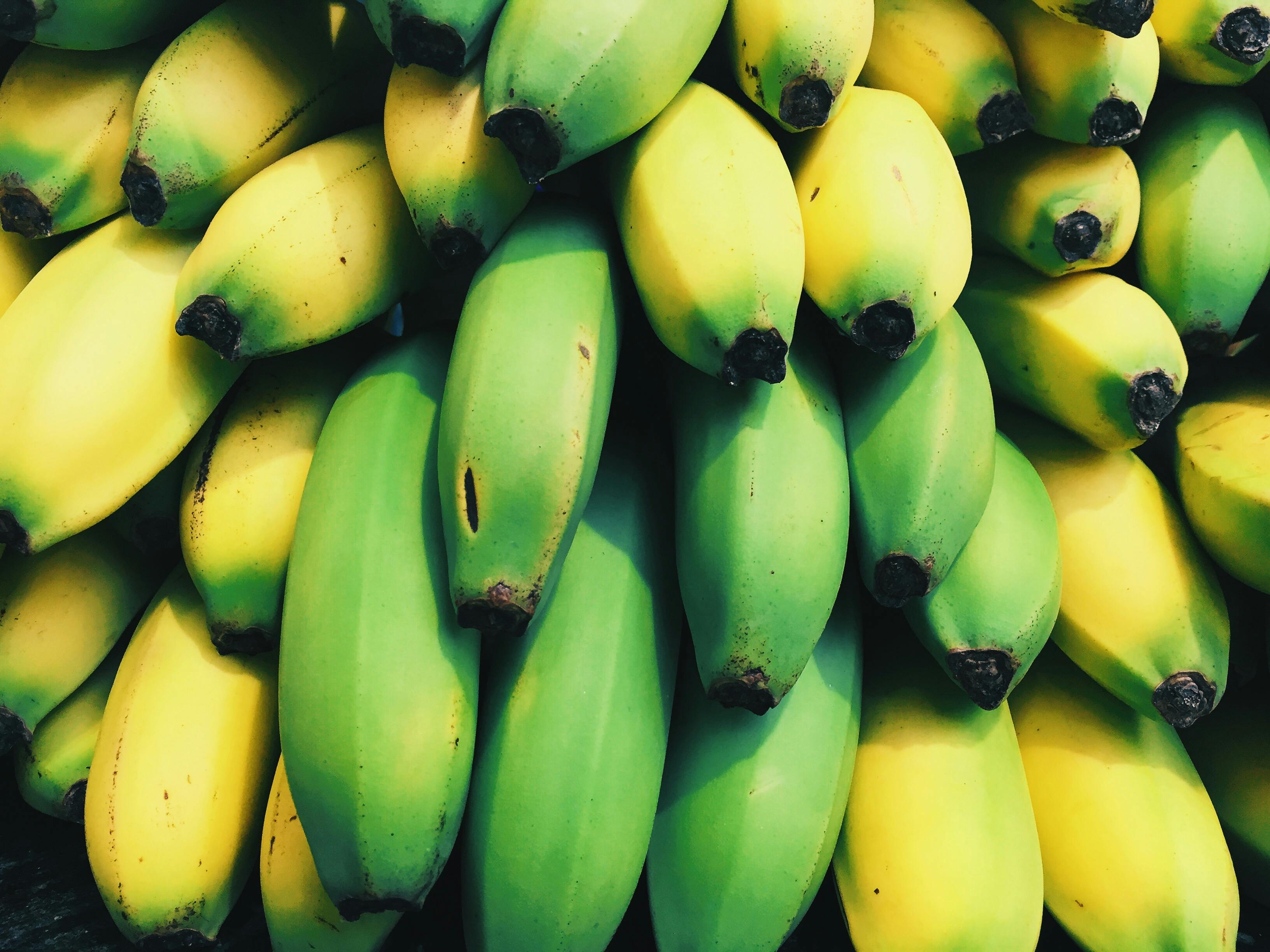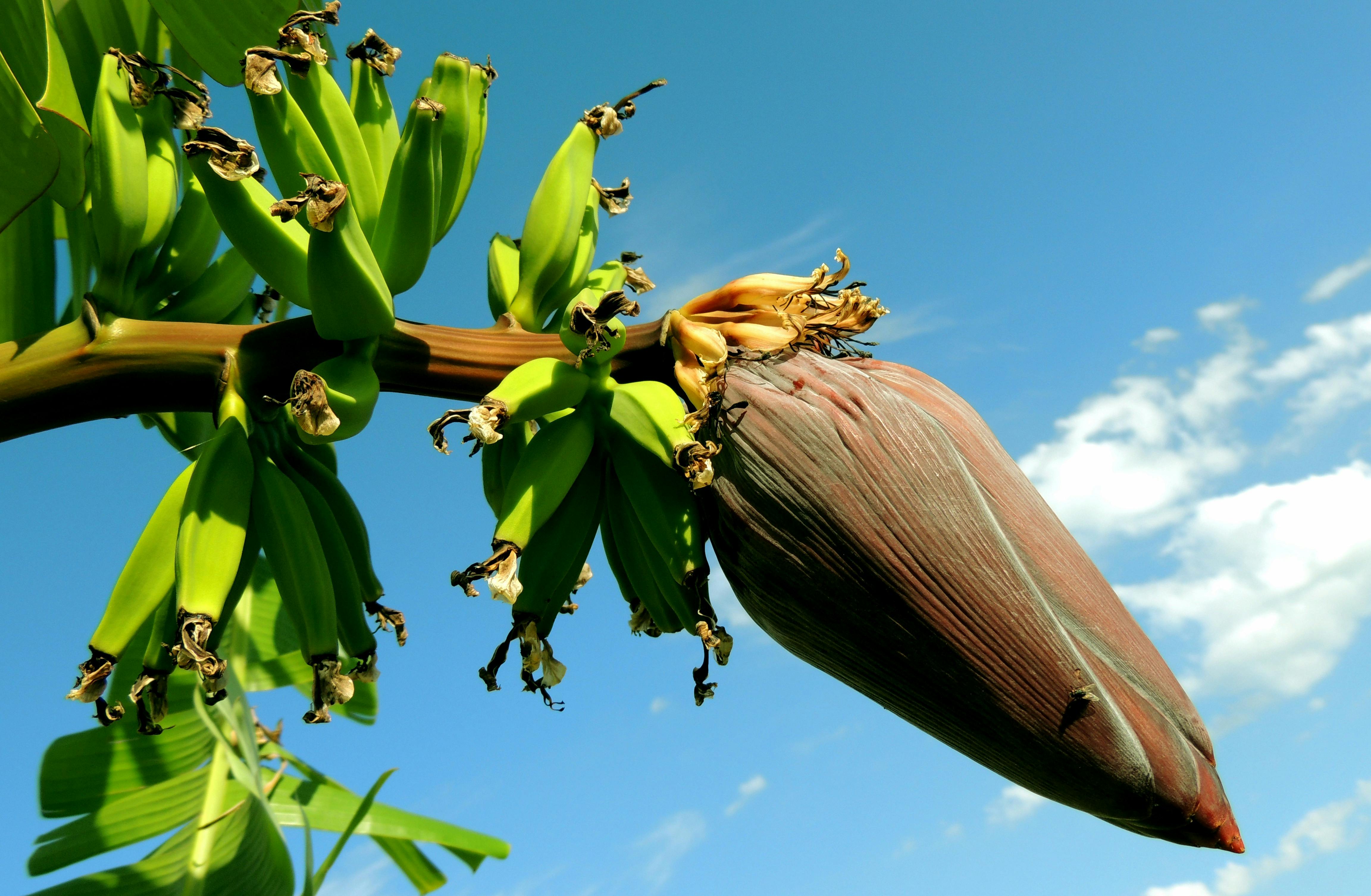Key Takeaways
- Distinct Culinary Uses: Plantains are ideal for savory and cooked dishes, such as frying, baking, and grilling, while dessert bananas are perfect for eating raw, adding to smoothies, and baking sweet treats.
- Nutritional Differences: Plantains contain higher levels of Vitamin C, Vitamin A, and potassium compared to dessert bananas, making them a nutrient-dense option for balanced diets.
- Caloric Content: Plantains are more energy-dense with 122 kcal per 100g, whereas dessert bananas offer a lighter option with 89 kcal per 100g, catering to different dietary needs.
- Taste and Texture: Plantains have a mild, starchy flavor and firm texture when raw, becoming sweet and creamy when cooked. Dessert bananas are consistently sweet with a smooth, creamy texture, ideal for various culinary applications.
- Health Benefits: Both fruits provide essential vitamins and minerals, supporting immune health, heart function, and digestion. Plantains also offer sustained energy, while dessert bananas are great for quick energy boosts.
- Availability and Cost: Plantains are commonly found in tropical and subtropical regions and generally cost between $0.50 to $1.00 per pound. Dessert bananas are globally available year-round, usually priced between $0.60 to $1.20 per pound.

I’ve always been a bit confused when it comes to plantains and dessert bananas. They look so similar, but I’ve heard they’re used in different ways and have distinct flavors. Whether you’re a kitchen novice or a seasoned cook, understanding the differences can make your meals more delightful.
Overview Of Plantains And Dessert Bananas
Plantains and dessert bananas often get mixed up, but they serve different purposes in the kitchen. Knowing their unique traits enhances your banana-based recipes.
What Are Plantains?
Plantains are a staple in many tropical cuisines. They are larger than dessert bananas, with thicker, greener skins when unripe. Unlike dessert bananas, plantains are starchy and less sweet, making them ideal for cooking. I love using plantains in dishes like fried tostones, baked maduros, and savory stews. Their versatility allows them to be prepared in various ways, from frying and boiling to grilling.
What Are Dessert Bananas?

Dessert bananas are the sweet, soft variety most people enjoy raw. They have thinner skins that turn bright yellow as they ripen. These bananas are perfect for eating fresh, adding to smoothies, or baking into breads and muffins. Their natural sweetness and creamy texture make them a favorite for desserts and breakfast dishes. I often experiment with dessert bananas in new recipes, finding creative ways to highlight their flavor and texture.
Nutritional Differences
Understanding the nutritional profiles of plantains and dessert bananas helps in making informed dietary choices.
Vitamin And Mineral Content
| Nutrient | Plantain (per 100g) | Dessert Banana (per 100g) |
|---|---|---|
| Vitamin C | 18.4 mg | 8.7 mg |
| Vitamin A | 112 IU | 64 IU |
| Vitamin B6 | 0.3 mg | 0.4 mg |
| Potassium | 499 mg | 358 mg |
| Magnesium | 37 mg | 27 mg |
Plantains offer higher levels of vitamin C, vitamin A, and potassium compared to dessert bananas, while both provide significant amounts of vitamin B6 and magnesium.
Caloric Comparison
| Type | Calories (per 100g) |
|---|---|
| Plantain | 122 kcal |
| Dessert Banana | 89 kcal |
Plantains contain more calories than dessert bananas, making them a more energy-dense option, suitable for hearty meals.
Culinary Uses
Exploring the culinary uses of plantains and dessert bananas opens up a world of delicious possibilities. Each type brings its own unique flavor and texture to various dishes.
Cooking With Plantains
Plantains shine in both savory and sweet preparations. I often fry green plantains to create crispy tostones, a favorite in Caribbean cuisine. Ripe plantains are perfect for baking; mashing them adds natural sweetness to banana bread and muffins. Boiling plantains makes a great side dish for stews and rice dishes. Grilling plantains introduces a smoky flavor, ideal for tropical salads and main courses. Additionally, plantains can be used in soups and casseroles, enhancing the heartiness of these meals.
Using Dessert Bananas In Recipes
Dessert bananas are incredibly versatile in many recipes. I love adding them to smoothies for a creamy texture and natural sweetness. Slicing bananas over cereal or yogurt makes a quick and nutritious breakfast. In baking, dessert bananas improve the moisture and flavor of cakes, muffins, and pancakes. Freezing bananas allows me to create homemade ice creams and sorbets without added sugar. Additionally, bananas can be incorporated into savory dishes like banana curry, where their sweetness balances spicy flavors.
Taste And Texture
Understanding the taste and texture of plantains and dessert bananas enhances how you use them in your recipes. Here’s a closer look at their distinct characteristics.
Flavor Profiles
Plantains offer a mild, starchy flavor that intensifies when cooked. They range from slightly sweet when ripe to savory when green. In contrast, dessert bananas are consistently sweet with a rich, creamy taste, making them perfect for eating raw or adding natural sweetness to dishes.
Texture Differences
Plantains have a firm, dense texture when raw, becoming soft and creamy upon cooking. This versatility allows them to hold their shape in dishes like tostones or seamlessly blend into mashed preparations. Dessert bananas, however, are soft and smooth from the start, providing a luscious texture ideal for smoothies, baking, and desserts.
Health Benefits

Exploring the health benefits of plantains and dessert bananas reveals their unique contributions to a balanced diet. Both fruits offer essential nutrients, supporting various aspects of health.
Benefits Of Plantains
Plantains provide a rich source of nutrients that contribute to overall well-being:
- High in Vitamin C: Supports the immune system and skin health.
- Rich in Vitamin A: Promotes eye health and immune function.
- Abundant in Potassium: Aids in regulating blood pressure and heart function.
- Contains Vitamin B6: Essential for brain health and metabolism.
- Provides Magnesium: Important for muscle and nerve function.
- Higher Caloric Content: With 122 kcal per 100g, plantains offer sustained energy for active lifestyles.
Benefits Of Dessert Bananas
Dessert bananas offer numerous health advantages with their nutrient profile:
- Good Source of Vitamin B6: Enhances brain health and helps in the production of neurotransmitters.
- Contains Magnesium: Supports muscle and nerve function.
- Rich in Dietary Fiber: Aids in digestion and promotes gut health.
- Lower Caloric Content: With 89 kcal per 100g, they are ideal for weight management.
- High in Potassium: Helps maintain electrolyte balance and supports heart health.
- Provides Natural Sugars: Offers a quick energy boost, perfect for active individuals.
Nutritional Comparison
| Nutrient | Plantains (per 100g) | Dessert Bananas (per 100g) |
|---|---|---|
| Calories | 122 kcal | 89 kcal |
| Vitamin C | High | Moderate |
| Vitamin A | High | Low |
| Potassium | High | High |
| Vitamin B6 | High | High |
| Magnesium | High | High |
| Dietary Fiber | Moderate | High |
Understanding these health benefits helps in making informed choices based on dietary needs and personal health goals.
Availability And Cost
Both plantains and dessert bananas are widely available, though their presence varies by region and season. Pricing differences reflect their distinct uses and popularity.
Market Availability
Plantains are common in tropical and subtropical regions, including Latin America, the Caribbean, and parts of Africa and Asia. In the United States, they appear in major grocery stores, especially in areas with diverse populations. Dessert bananas, particularly the Cavendish variety, are globally distributed and available year-round in most supermarkets. Specialty markets may offer various plantain types, catering to specific culinary needs.

Price Comparison
« Exploring the World of Banana Varieties: Beyond the Cavendish: Must-Try Bananas
The Sweetness Spectrum: From Mild to Very Sweet Bananas – Discover the Best Varieties for Every Recipe »
Plantains generally cost between $0.50 to $1.00 per pound, depending on location and season. Dessert bananas average around $0.60 to $1.20 per pound, with prices fluctuating based on size and variety. Below is a comparison table:
| Type of Banana | Average Price per Pound |
|---|---|
| Plantains | $0.50 – $1.00 |
| Dessert Bananas | $0.60 – $1.20 |
Pricing may vary in organic sections, where plantains can range up to $1.50 per pound and dessert bananas up to $1.30 per pound. Availability during off-seasons or in limited markets can also impact costs.
Conclusion
Discovering the differences between plantains and dessert bananas has been a rewarding journey for me. Each fruit offers its own unique flavors and textures that can elevate any dish.
I love experimenting with them in various recipes and seeing how they complement different ingredients. I hope you feel inspired to explore and incorporate both into your cooking adventures. Happy eating!
Frequently Asked Questions
What is the difference between plantains and dessert bananas?
Plantains are larger, starchier, and less sweet compared to dessert bananas. They are ideal for cooking in savory and sweet dishes, while dessert bananas are sweet and soft, perfect for eating raw or using in baked goods.
How are plantains used in cooking?
Plantains are versatile in the kitchen. They can be fried to make tostones, baked, grilled, or mashed. They are used in a variety of dishes, from savory stews and curries to sweet desserts, enhancing the flavor and texture of meals.
What are the nutritional differences between plantains and dessert bananas?
Plantains are higher in vitamin C, vitamin A, and potassium, and are more calorically dense with 122 kcal per 100g. Dessert bananas offer significant amounts of vitamin B6 and magnesium with 89 kcal per 100g, making them great for quick energy and weight management.
Can you eat green plantains raw?
Green plantains are typically not eaten raw due to their starchy texture and mild flavor. They are best cooked to enhance their taste and soften their texture, making them suitable for various culinary applications.
Are plantains and dessert bananas interchangeable in recipes?
While both are bananas, plantains and dessert bananas have different textures and flavors. Plantains are better suited for cooking, especially in savory dishes, whereas dessert bananas are ideal for raw consumption and sweet recipes. Substituting one for the other may affect the dish’s outcome.
Where can I buy plantains and dessert bananas?

Both plantains and dessert bananas are widely available in major grocery stores. Plantains are commonly found in tropical and diverse food sections, while dessert bananas, especially the Cavendish variety, are available year-round in most supermarkets.
How much do plantains and dessert bananas cost?
Plantains generally cost between $0.50 to $1.00 per pound, while dessert bananas average around $0.60 to $1.20 per pound. Prices may vary based on size, variety, and regional availability.
What are the health benefits of plantains versus dessert bananas?
Plantains are rich in vitamin C, vitamin A, potassium, vitamin B6, and magnesium, providing sustained energy. Dessert bananas offer vitamin B6, magnesium, dietary fiber, and natural sugars, supporting weight management and quick energy boosts.
Can plantains be used in both sweet and savory dishes?
Yes, plantains are highly versatile and can be used in a variety of sweet and savory dishes. They can be fried, baked, grilled, or mashed to complement both types of recipes, making them a staple in many tropical cuisines.
Why is it important to understand the differences between plantains and dessert bananas?
Understanding the differences enhances culinary experiences by allowing cooks to choose the right type of banana for specific recipes. It also helps in making informed dietary choices based on nutritional needs and flavor preferences.















